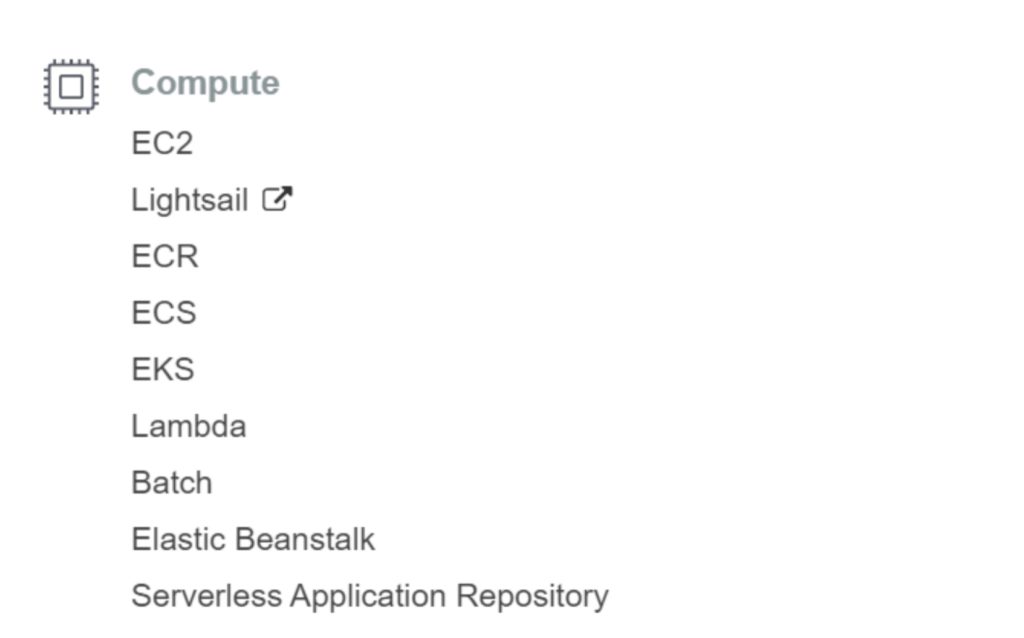In this short series, I outline the notes that I took while preparing for the AWS Cloud Practitioner exam.
These are my personal notes that I have made while working through the A Cloud Guru exam practitioner course. They are in no way official notes from AWS.
I would advise you that if you do use my notes to help you revise for this exam, that you use them as a supplement to the most recent information in the White Papers, Exam Guide and go over your knowledge with practice exam papers.
Previous notes within this blog series:
- Cloud Computing and the Topics To Cover
- AWS Global Infrastructure
- AWS Cost Management
- Identity Access Management (IAM)
- Simple Storage Service (S3)
- CloudFront
- Elastic Compute Cloud (EC2)
- Roles
- Load Balancers
- Databases
- Domain Name System
Elastic Beanstalk
- Can be used to provision and deploy applications to the cloud.
- Can be used to set up all AWS resources/services required for running an application at once. All you do is upload your code.
- Elastic Beanstalk automatically handles the details of capacity provisioning, load balancing, scaling, and application health monitoring.
- Can take a few minutes to set up.
- This is what it looks like after it’s up.
- You can click on the URL to go to your site

Note: A popular question on the AWS exam is to name all the AWS Compute services:

*AWS 1st October 2019

